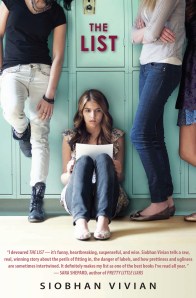 The 39 Deaths of Adam Strand
The 39 Deaths of Adam Strand
Gregory Calloway
Dutton Juvenile, 2013
Teens looking for answers will not find them in Gregory Galloway’s The 39 Deaths of Adam Strand.
Although this is a book about suicide and depression, it is not a classic “problem novel.” Adam Strand has not been persecuted for his beliefs or sexuality. His parents are not abusive or uncaring. He has no body image issues or drug addictions. He’s just inexplicably drawn to the act of killing himself.
But in a sisyphean twist, Adam can never complete this act. Every time, no matter what method he chooses, Adam is fantastically returned to life.
Galloway is very much aware that he is writing a kind of teen introduction to The Nausea. He even creates a concerned teacher who constantly recommends Kafka and explains Camus. Like any existential protagonist, Adam is unmoved. But the dialogue serves as a nice supplementary reading list for teens that are drawn to the philosophical issues the novel raises.
Like Adam’s teacher in the novel, I must admit that I often have ulterior motives when I recommend a book. I recognize his hope, his deeply-rooted faith that one of these works will resonate with the troubled teen and inspire him to turn his life around.
There is no such transcendent moment for Adam. And most of the time there’s none for the teens I work with either.
Still, in the life of a transparent nerd and sentimental optimist there are little victories. Books like this one can be the spark of curiosity that have the potential, at least, to open up an entire world of literature. When you hand a strange, complicated novel like this one to a teen, how can you not secretly hope that he or she will come back and ask who this Kafka guy is?




